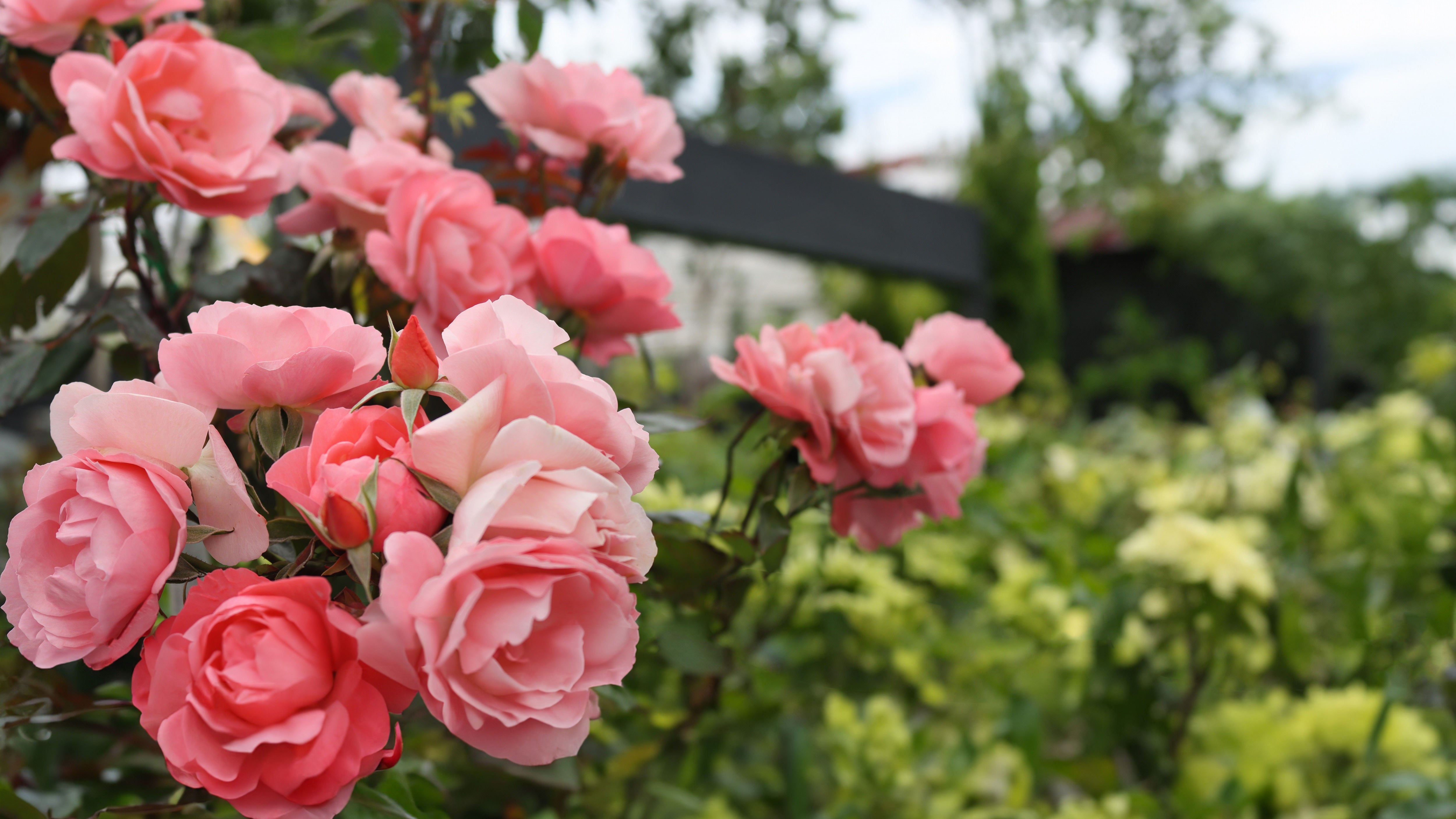
From Bud to Bloom: Loving Roses
04 Oct, 2023
Positioning
Just like humans, roses thrive with a good dose of sunlight - they need at least 6 hours of full sun daily during the summer. Opt for a location with free-draining loamy soil rich with organic matter, to give your roses the ideal foundation to flourish. An airy position with good air circulation will help prevent common fungal issues, particularly in humid months. Remember, the right spot can make all the difference, and while a struggling rose might just need a new location, avoid relocating them during spring and summer!
Planting
Now that you've found the perfect spot, it's time to plant your roses! Planting in the ground is better than planting in pots, as it will give your roses plenty of space to spread their roots. Dig a hole that's twice the size of the pot your rose comes in. Enrich your soil by mixing in Kings Compost and Sheep Pellets. Backfill the hole with your original soil, and for heavy clay soils, consider adding a handful of Claybreaker Gypsum to improve drainage.
After planting, give your rose a deep watering and use Kings Slow-Release Rose Food to give them the best start. Mulch will help retain moisture, so add a layer for that final touch.
Care
Deeply water your roses once or twice a week in the summer. Allow the hose to run for about five minutes each time, or if you're conscious about water usage, reuse water from the sink or bath. Deep watering is important as it ensures the water soaks the roots, but be careful not to wet the leaves to avoid fungal problems.
Pruning might sound intimidating, but it's not as complicated as it seems. Prune your roses when they are dormant (often in June or July), giving them a good trim to encourage healthy growth. Throughout the year, keep an eye on the mulch to ensure effective moisture retention around the roots. When deadheading, be sure to cut back to a major leaf instead of just removing spent flowers. This practice will keep your roses looking neat and ensure abundant flowering in the future.
Beautiful, classic and timeless, roses are the life of any garden party. With countless varieties to choose from, you'll find your perfect match in no time.